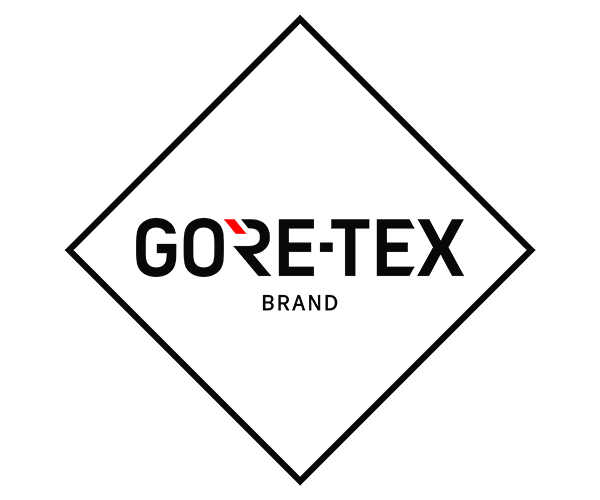Designing credibility in fashion with the Product Environmental Footprint
Consumers want more transparency from fashion brands around the impacts of their products on the planet. Today, there are few product labels that provide clear, credible environmental information to consumers. The labelling process is messy: there are no common rules to measure products’ environmental performance and, ultimately, inform purchasing decisions.
The European Commission is getting closer to a solution to improve the credibility of sustainable product claims — and Quantis is helping shape the rules for fashion brands to meet expectations. As part of the European Union Single Market for Green Products Initiative, the European Commission proposed the Product Environmental Footprint (PEF) method to settle on a single set of standards for evaluating the impacts of products to better communicate the results to consumers.
In December 2021, the Commission adopted a revised recommendation on the use of PEF/OEF (Organization Environmental Footprint), confirming its view of the method as the most robust, comparable and verifiable way to assess the environmental footprint of products, services and organizations to date.

The European Commission is getting closer to a solution to improve the credibility of sustainable product claims — and Quantis is helping shape the rules for fashion companies to meet expectations.
The Sustainable Apparel Coalition (SAC) launched an initiative in 2019 to apply the PEF framework to apparel and footwear products. Quantis was selected to serve as the project’s technical expert and, together with the SAC, leads the Technical Secretariat — a working group of industry organizations in a multi-stakeholder collaboration.
Quantis has led five of 27 PEF pilots — dairy, packed water, pet food, coffee and retail (as an Organizational Environmental Footprint, or, OEF) — and is currently leading two PEFs in the transition phase: apparel and footwear and flexible packaging. Our role is to apply a robust, science-based framework across the industry and encourage companies to drive sustainable action.
A standardized, common method backed by science
Companies that try to share environmental information through product labels are faced with too many different methods and initiatives, with little scientific backing to substantiate their claims. By settling on a single methodology, the apparel and footwear PEF project aims to standardize practices, for more informed decision-making from consumers, increased credibility of product labels and opportunities to spot improvement areas.
As part of the apparel and footwear PEF project, Quantis is responsible for two key deliverables:
- Product Environmental Footprint Category Rules (PEFCRs)
We’re writing comprehensive rules on how footprints are calculated and applied across 13 product sub-categories. - Product Environmental Footprint Representative Product (PEF-RP) study
We’re modeling a virtual representative product from each of the 13 product subcategories (from t-shirts to underwear) so companies can benchmark their products against an average product sold in Europe.
Both the PEFCRs and the PEF-RP study will account for the environmental impacts generated throughout a product’s lifecycle, from raw materials to end of life, using a comprehensive set of impact categories including climate change, water and land use. Both the duration of service and product durability are being carefully considered, given their significant impacts on footprints. With this approach, we aim to provide a holistic view of the hotspots and prevent shifting impacts from one area to another.
What does PEF mean for business?
The European Commission has adopted the PEF method, which is set to become the gold standard for life cycle assessments (LCAs). Businesses have the opportunity to get ahead today by preparing for a PEF future.
Companies with environmental claims on products in the EU market — or those planning on making them — may need to ensure they are backed by the PEF methodology in the medium term, with discussions on new European legislation to make this mandatory progressing fast. Quantis can help your business put its best foot forward as PEF labelling becomes the new norm. Reach out to us to:
- Receive a training for a PEF overview
- Understand the PEF methodology
- Calculate the PEF of your products, pinpoint environmental hotspots and take action to reduce them
Key project steps — what’s next
Quantis and the Technical Secretariat are currently drafting the rules and PEF representative product study. The category rules and representative product study will be open to input through public consultations and external reviews. PEF-member experience in applying the rules to real products will also be used to inform improvements. All feedback will be shared publicly.
To participate in public consultation, register as a stakeholder here.
Technical Secretariat members
Technical Secretariat coordinator: 2B Policy
Technical lead: Quantis
Voting members: ADEME (The French Agency for Ecological Transition), Cascale, C&A, CELC (European Confederation of Flax and Hemp), Cotton Incorporated, Décathlon, FHCM (Fédération de la Haute Couture et de la Mode), H&M, Inditex, Lacoste, Nike, Refashion, Sympatex, VF Corporation and W.L. Gore & Associates
Non-voting members: CEC (European Footwear Confederation), CNMI (Camera Nazionale della Moda Italiana), COTANCE, ECOS (Environmental Coalition on Standards), EURATEX, FESI (Federation of the European Sporting Goods Industry), IWTO (International Wool Textile Organisation) and the IFF (International Fur Federation)
Observers: European Commission Environmental Footprint (EF) Team, European Environmental Bureau (EEB), The Ministry of Infrastructure and Water Management (NL)
For more information, please refer to the European Commission’s PEF FAQ.
To learn how your company can get ready for the PEF future, contact Emilie Carasso.
Related resources

To fix fashion’s sustainability problem, we need a little less conversation and a little more action
The industry is on the verge of a climate revolution, but progress is getting bogged down by semantics and distracted by low-hanging fruit.

Case Study
GORE-TEX (The Gore Fabrics Division)
Developing and sharing concrete, measurable carbon goals, from carbon footprint to goal setting, internal engagement and external communications.

Page
Fashion + Sporting Goods
The fashion industry’s environmental impacts — from GHG emissions to biodiversity loss, microplastics and water ecotoxicity — are now well-known by consumers and companies alike. ...
